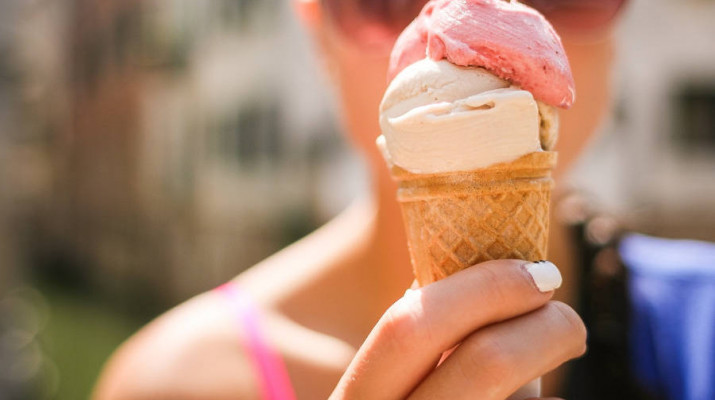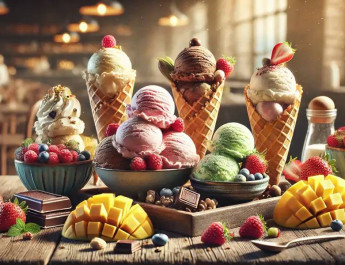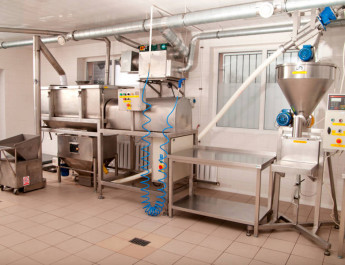Ice cream is one of the most beloved desserts worldwide. It is a refreshing and sweet treat that can be enjoyed on its own or as a topping for other desserts. But have you ever stopped to wonder how ice cream is made and what makes it so delicious? In this article, we will explore the science behind ice cream and how it has become a staple in our diets.
The History of Ice Cream
Ice cream has been enjoyed for thousands of years. The Chinese were the first to develop a method for making ice cream over 2,000 years ago. They would mix snow with milk and rice to create a cold and sweet treat. Ice cream eventually made its way to Europe and became popular among the wealthy during the Renaissance period. It wasn’t until the 18th century that ice cream became more widely available and popularized in America.
The Science Behind Ice Cream
Ice cream is made by combining cream, milk, sugar, and flavorings and freezing the mixture while constantly stirring to prevent ice crystals from forming. The process of churning the mixture causes air to be incorporated, which gives ice cream its light and fluffy texture.
The key ingredient in ice cream is milkfat, which is what gives it its smooth and creamy texture. The more milkfat in the mixture, the richer and creamier the ice cream will be. Ice cream is typically made with milk that has a fat content of at least 10%, but premium ice creams may contain up to 16% milkfat.
Ice cream also contains stabilizers, such as gelatin, to prevent the formation of ice crystals and keep the texture smooth. Emulsifiers, such as egg yolks, help to bind the ingredients together and create a stable mixture.
The Science of Flavors
The flavors in ice cream come from a variety of sources, including natural and artificial flavorings, fruits, nuts, and candies. Natural flavors are extracted from the source, such as vanilla beans or cocoa beans, while artificial flavors are created in a laboratory.
The addition of flavors can also affect the texture of the ice cream. Fruits, for example, contain water which can cause ice crystals to form, so they are often added in a processed form such as purees or syrups.
The Science of Freezing
The temperature at which ice cream is frozen is also critical to its texture. Ice cream should be frozen at a temperature of -18°C to -22°C to prevent ice crystals from forming. If ice cream is frozen at a higher temperature, ice crystals will form, and the texture will become grainy and unpleasant.
The Science of Storage
Storing ice cream properly is also important to maintain its quality. Ice cream should be stored in a freezer at a constant temperature to prevent the formation of ice crystals. Once ice cream is exposed to air and begins to melt, it will form ice crystals that will make the texture grainy and unpleasant.
Conclusion
Ice cream is a delicious and refreshing dessert that has been enjoyed for thousands of years. The science behind ice cream is fascinating and involves a careful balance of ingredients and processes to achieve the perfect texture and flavor. Whether you enjoy classic vanilla or adventurous flavors like sea salt caramel, ice cream is sure to remain a beloved treat for generations to come.



